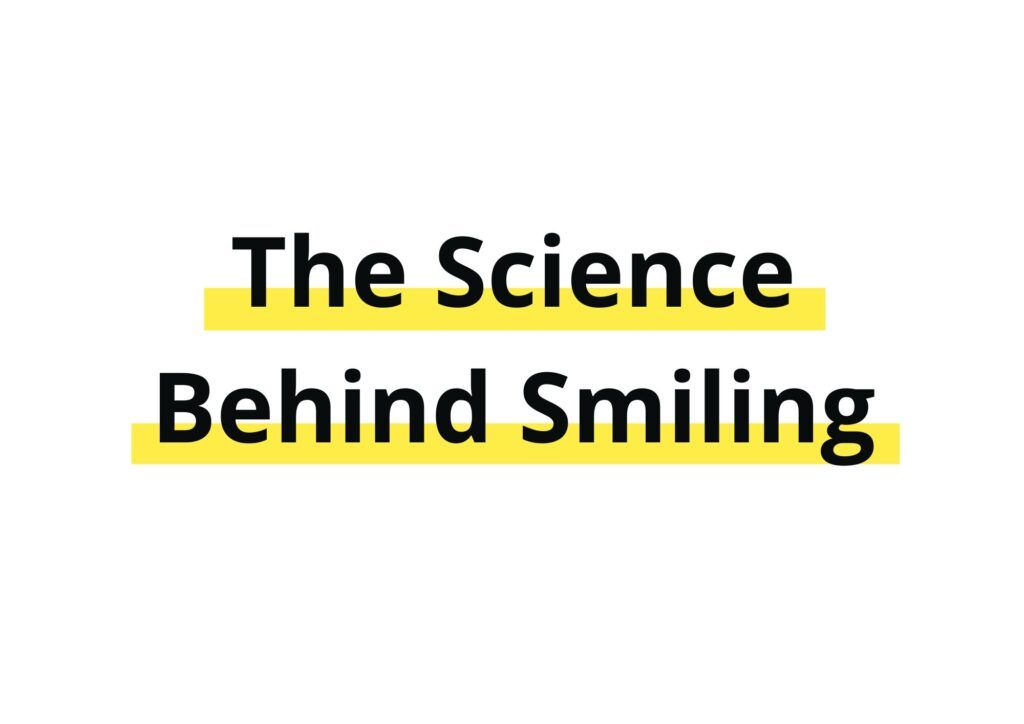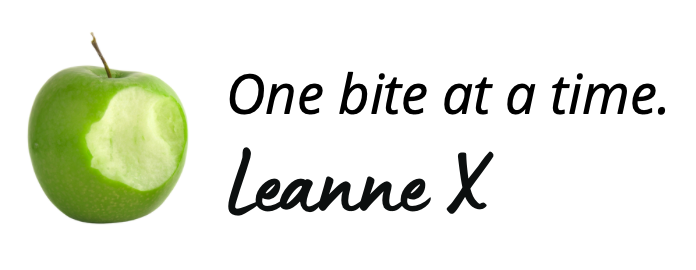

By Leanne.
Share article:
Smiles can be ambiguous facial expressions, they can convey enjoyment and satisfaction, they can project pity or relief and they can display sarcastic disapproval. A smile can be a subtle, nonverbal cue, and it can also be misinterpreted.
A smile can be:
- A flirty, shy smile – Often, the person looks out of the corner of the eyes, head turned.
- An amused smile – It comes with the laugh after a good joke, with the head thrown back.
- A loving smile – Often with a tilted head and softened eyes.
- A piqued smile – With raised eyebrows and a slight grin.
- An embarrassed smile – Sometimes with the eyes cast downward, Princess Diana style.
- Or lastly a Duchenne smile – A genuine happy grin, it’s named after the 19th-century French scientist Guillaume Duchenne de Boulogne, whose name is associated with a form of muscular dystrophy.
The factual stuff
Duchenne Smile
Guillaume Duchenne, a nineteenth-century scientist, studied the physiology of facial expressions.
The Duchenne smile combines the use of the zygomatic major and the orbicularis oculi muscles to produce a genuine smile. The zygomatic major raises the muscles at the corner of the mouth, and because they are voluntary, they can be used to convey a fake or forced smile.
The orbicularis oculi muscles however, are involuntary. They raise the cheeks and produce crows feet around the eyes during an authentic Duchenne smile.

Brain activation
More scientific stuff!
So, you run into your best friend that you haven’t see in awhile, this makes you so happy. Neuronal signals travel from your brain cortex to your brainstem, from there the cranial muscle carries the signal to the smile muscles in your face. Once the smiling muscles in our face contract, there is a positive feedback loop that goes back to the brain and reinforces the feeling of joy. To put it more clearly, ‘Smiling stimulates our brains reward mechanisms that in a way even chocolate, a well known pleasure inducer, cannot match”.
(More on that later).
Scientists theorise that the human smile evolved as a sign of submission. In most animals, baring the teeth like a lion or dog, is a warning to ‘Back Off’! It’s true of primates too, so long as the lips are curled backward and the teeth are parted. But relax those lips and put the teeth together, and an orangutan or chimp is signalling submission: ‘I’m no threat’.
Interestingly, the behaviour of smiling is innate, and not learned, as babies who are born blind smile and continue to do so as they grow, just like the rest of us do.

Activating endorphins
As humans grow into adults, the reason and need to smile becomes more measured. Studies show (there’s a lot of studies in this science stuff) that smiling releases endorphins, regardless of whether the expression is authentic or contrived. Endorphins are mind-enhancing hormones that promote relaxation. They also keep the stress hormone cortisol at bay, reducing the chance of anxiety, and helping your immune system work optimally in fighting antigens and infections. Smiling/happiness is also thought to increase the number of antibodies to boost your immune system.
More science behind smiling (Yes, it has incredible powers)
The notion that you can smile your way to happiness is an enduring one.
Back in the 1800s, Charles Darwin was among the first to come up with what modern scientists further developed into the “facial feedback hypothesis.” That’s the idea that smiling can make you happier and frowning can make you sadder or angrier, that changing your facial expression can intensify or even transform your mood.
Aside from making you look fantastic for Instagram and Facebook, the health benefits of smiling are huge, and all you have to do to get those benefits, is smile.
Smiling is a natural high
Serotonin is your body’s own mood-lifter and antidepressant. In fact, part of how pharmaceutical antidepressants work is by influencing the serotonin levels in the brain – which, you got it, are also impacted by smiling.
As well as the psychological benefits, smiling also eases physical pain.
The endorphins that are triggered when you smile act as a natural pain reliever. So the phrase, “grin and bear it”, is true. If you smile through the pain, it doesn’t hurt as much – because of those magic endorphins. A smile can also make other people see you as more attractive, more approachable, more reliable, and more genuine. Smiling is the best kind of contagion.
As humans, we have a natural propensity towards mimicking those around us, even if we don’t realise it. If someone in the room is smiling, you’ll naturally mirror their smile, and maybe even experience their emotions, making you more empathetic.

Life expectancy
A recent study from Wayne State University in Michigan looked at pictures of 230 baseball players from 1952. Smiling players lived on average Eight years longer than their un-smiling counterparts. The big smilers lived an average of 79.9 years. The partial smilers, 75 years. Another study out of the London University College found that happy, cheerful people were 35% more likely to live longer.

The chocolate connection
Happy people smile, and smiling people tend to be happier, but compared to what?
British researchers found that one smile can generate the same level of brain stimulation as up to 2,000 bars of chocolate.” Just think of that smile on your hips instead of all those chocolate bars. Smiling stimulates the positive chemicals in your brain. A smile also signals to other humans that you are a happier, likeable and more attractive individual.

History of smiling in photography
In the early days of photography, it took several minutes to take a photo because cameras relied on long exposure times and slow chemical reactions. If subjects moved at all, the image turned out blurry. A smile was more difficult to hold for a long period of time, so people often painfully grimaced or looked serious. This was also probably influenced by bad teeth. Photography was also guided by pre-existing customs in painting, an art form in which many found smiles inappropriate for portraiture.

Fun facts about smiling: Smiling boosts your immune system
Smiling and laughter have numerous health benefits, including reducing blood pressure and pain, decreasing depression, boosting the immune system and keeping you young.



Smiling too much
There are plenty of opportunities to smile, but when is it out of place? Studies show that smiling too much in the workplace can make you seem weak, which can have a negative impact on evaluations. Smiling while delivering bad news can be seen as sadistic and destructive.
The moral of the story seems to be: consider context before you smile. In contrast, clichéd things like, “just smile and nod,” and “grin and bear it,” encourage us to smile when we least expect or want to.

There’s magic in your smile
It turns out that when you smile, the world smiles back.
- Find humour: If you’re feeling down or just notice that you haven’t laughed in a while, put on a funny movie, read some jokes or seek out a humour boost on YouTube or TikTok.
- Laugh at yourself: Life is really all about how you approach things. Even if you’re going through hard times, look for the good or the humour.
- Force it if you must: Since even a fake smile can increase your feelings of happiness, the first step to being happier is smiling even when you don’t feel like it. Fake it til you make it.
“Sometimes your joy is the source of your smile, but sometimes your smile can be the source of your joy.” —Thich Nhat Hanh

Do you worry about smiling with bad teeth?
How we feel about our teeth and smile can really affect our confidence and it has been found that around a third of adults are unhappy with their smile.
Smiling with bad teeth and the subsequent smile anxiety that comes with it is one of the most common dental worries and can have a huge impact on your day to day life.
Your teeth and smile are some of the first things that people notice about you, so it is important to have confidence in your smile. 27% of adults try to avoid showing their teeth when they smile, 18% feel the need to cover their mouth when they smile and 22% of adults avoid having their photo taken. Smiling with bad teeth can have a huge impact on the way you feel about and see yourself.

If you find it difficult to smile in public or around people that you don’t know, then this could be a sign of smile anxiety. I suffered from smile anxiety my whole adult life before I found the All at Once® Implant Bridge. Learning to smile again takes practice.
The “Hollywood” Smile
Tooth whiteness has become a sign of having “healthy teeth” in recent years, which is largely down to the iconic Hollywood smile that we see so often. Just because someone has white teeth though doesn’t mean that they have healthy teeth or gums! It’s sometimes all smoke and mirrors.

Tooth loss or crooked teeth
Our teeth have such an important role to play in our lives. They help us chew and digest food, they help us to talk and speak clearly and they also give our face its shape. A smile also has other day-to-day benefits. It can give us greater confidence, as well as influence our social interactions, careers and personal relationships. If you’re self-conscious about smiling with missing or bad teeth, then it is often difficult to remember that your smile doesn’t define who you are. There are solutions available to help regain your smile and boost your confidence and self esteem.
The physical and psychological benefits of laughter and smiling are bountiful. Research shows that those who consciously or subconsciously smile more, live better and longer lives.
You’re more approachable in social situations when you smile and engage with others, we are socialised to laugh and smile more in a group. Make sure you spend time with friends who make you do both regularly.
Writer William Arthur Ward said, “A warm smile is the universal language of kindness.” This is so true. Laughter and smiling promote friendship and help us create social bonds.
To sum it up
Smiling helps you live longer
Smiling relieves stress
Smiling elevates mood
Smiling boosts the immune system
Smiling may lower blood pressure
Smiling reduces pain
Smiling makes you attractive
Smiling helps you stay positive
It appears that humans aren’t – the only animals that grin.



(Did this make you smile?)
Give your oral health the best care possible, surround yourself with people, places and things that brighten your day and make you happy.
If you are looking for help to make or regain your smile, talk to a provider at All at Once®.
The world is simply a better place when you smile.

Disclaimer: The information provided on this platform, including text, graphics, and images, is intended for general informational purposes only. It is not a substitute for professional dental advice, diagnosis, or treatment. For specific dental concerns, it is crucial to consult with a qualified dental practitioner. They will be able to assess your individual circumstances, provide accurate diagnoses, and offer appropriate treatment options tailored to your specific needs
Print article:
Share article:

